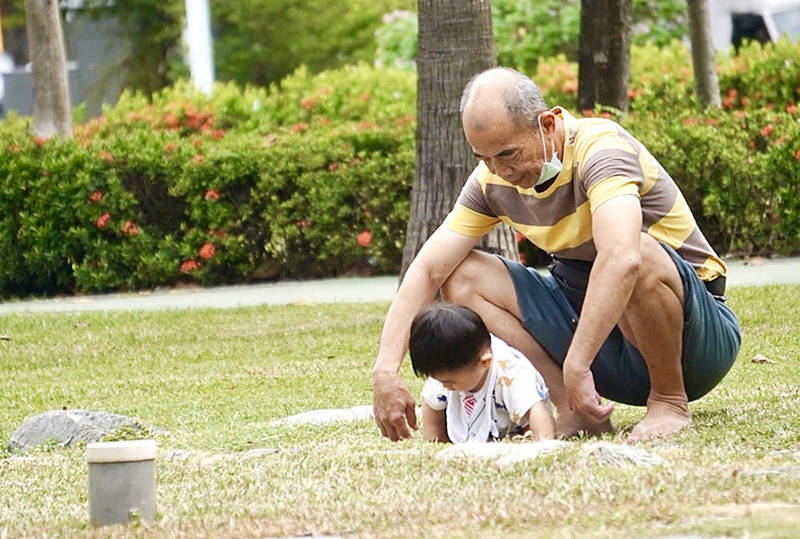《TAIPEI TIMES》 Taiwan to have world’s lowest birthrate by 2035
By Kao Chia-ho and Liu Tzu-hsuan / Staff reporter, with staff writer
Taiwan is expected to replace South Korea as the country with the lowest birthrate by 2035, population projections by the National Development Council showed.
The nation’s birthrate is expected to be the lowest in the world with 1.12 births per woman in 2035, when South Korea’s birthrate is expected to be 1.18, data released by the council showed.
Taiwan previously had the lowest birthrate in the world when the number fell to 0.9 births per woman in 2015, but the figure increased slightly to 0.99 in 2020, topping South Korea’s 0.84, the data showed.
Japan became a super-aged society in 2005, while Taiwan and South Korea are expected to follow suit by 2025, but they have been forecast to age faster than Japan.
According to the WHO, nations where at least 7 percent of the population are 65 or older are considered an aging society, those with an elderly population of at least 14 percent are considered an aged society and those with an elderly population of at least 20 percent are deemed a super-aged society.
It took Western countries such as the US, the UK, Germany and France 46 to 126 years to progress from an aging society to an aged society, and another 15 to 51 years to move from an aged society to a super-aged society, the data showed.
In comparison, the transitions in Taiwan, South Korea, Hong Kong and Singapore — the four Asian Tigers — happened faster, with Taiwan and South Korea expected to progress from an aged to super-aged society in seven years, and Hong Kong and Singapore in nine years, the data showed.
The Asian Tigers’ economies took off between 1960 and 1990, which could be attributed to their export-oriented trading strategies, the international division of labor and the demographic dividend, which occurs when the working population aged 15 to 64 accounts for more than two-thirds of the overall population, the council said.
However, the demographic dividend period for the Asian Tigers would end in a decade, while their dependency ratios would continue to climb.
For instance, Taiwan’s working-age population is expected to make up 68.1 percent of the total population by 2025, while the figure in South Korea is expected to be 69.2 percent, the council said.
The demographic dividend is forecast to end in 2030 in both nations, with the working-age population dropping to 65.3 percent of the total population in Taiwan and 66 percent in South Korea.
As Taiwan continues to age faster, the working-age population is expected to make up less than 50 percent of the total population in 2060, meaning that the number of people who support the nation’s economy and pay taxes would be fewer than those who are dependent on them, the council said.
The figure is expected to be higher than South Korea’s 48.5 percent, but lower than Japan’s 51.6 percent, the US’ 60 percent, the UK’s 59 percent and Germany’s 57.2 percent.
As for the aging index, which measures the number of people aged 65 or older per 100 people younger than 15, Taiwan’s and South Korea’s figures are predicted to climb to 408 percent and 456.2 percent respectively by 2050, which would be among the highest in the world, the council said.
新聞來源:TAIPEI TIMES





















